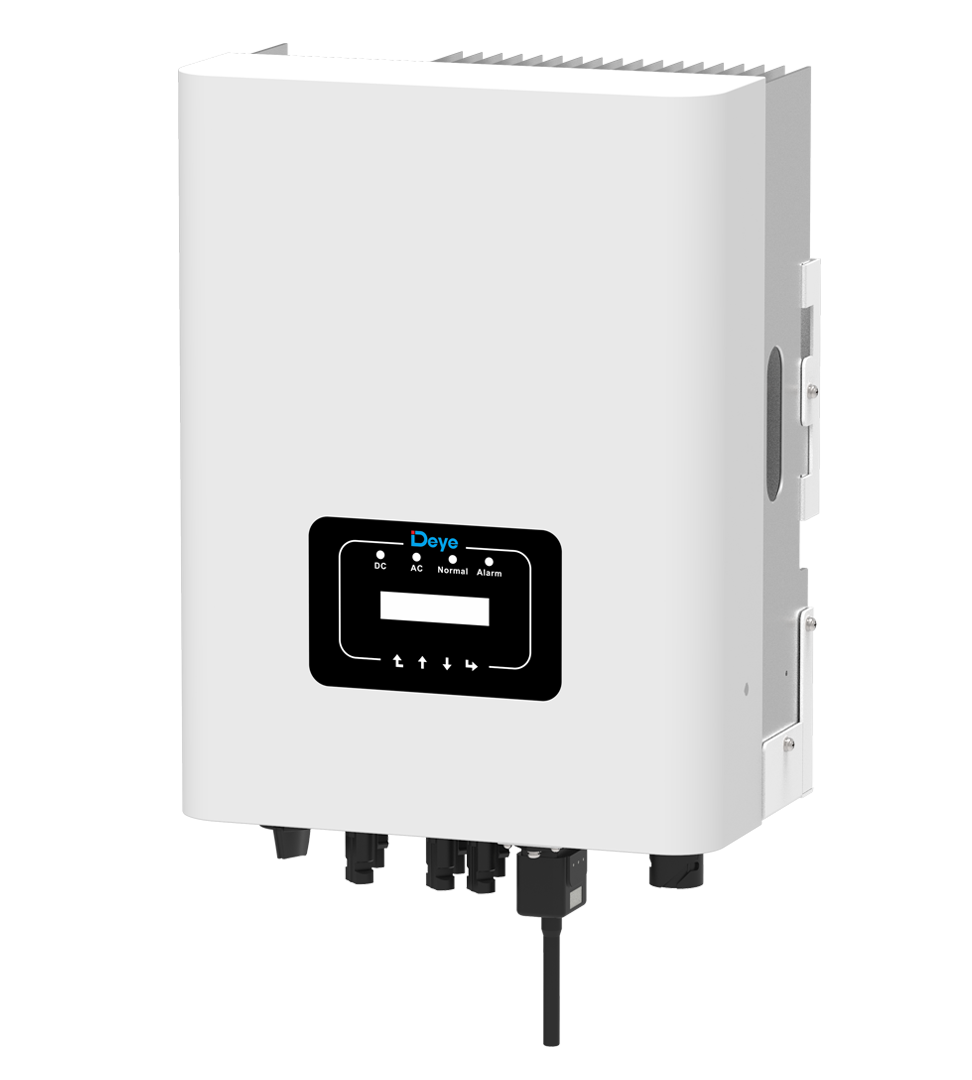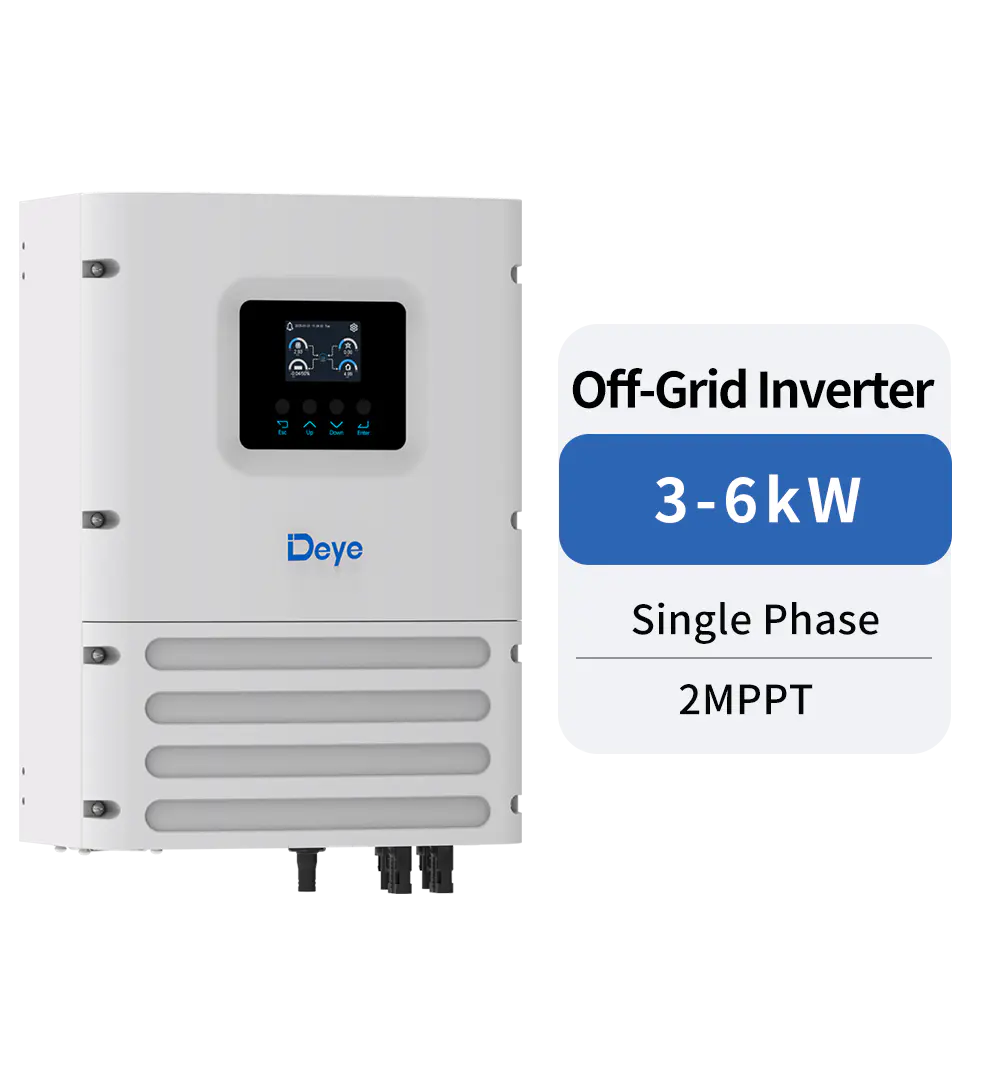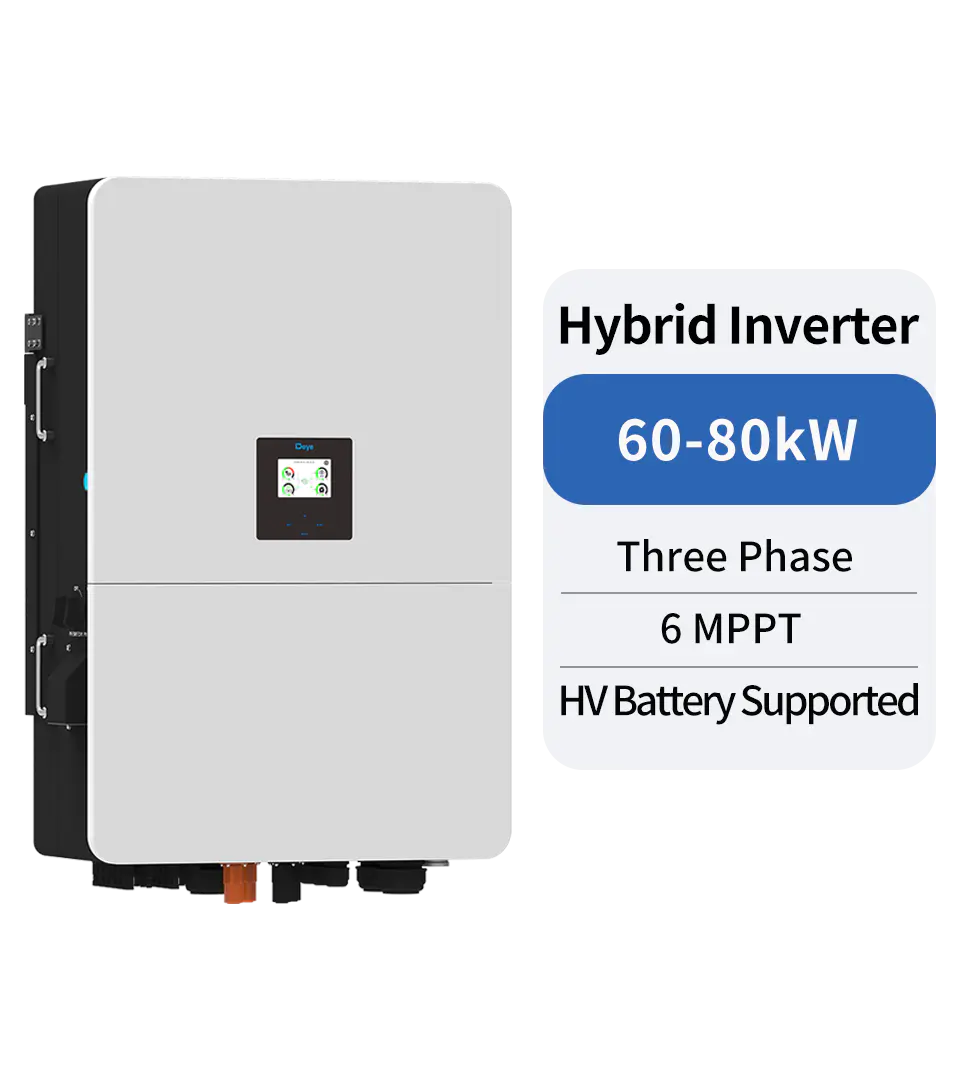Technical Topics
What are the key differences between on-grid inverters and off-grid inverters?
The key differences between on-grid inverters and off-grid inverters lie in their function and the type of power systems they are designed for. Here are the main distinctions:
1.System Design and Complexity:On-Grid Inverters: On-grid systems with grid-tied inverters are relatively simpler to design and install compared to off-grid systems. They require fewer components and do not necessitate battery banks or complex energy management systems. This simplicity can result in lower upfront costs and easier maintenance.Off-Grid Inverters: Off-grid systems with off-grid inverters are more complex as they need to manage energy storage, battery charging, and power delivery to loads. They typically require battery banks, charge controllers, and additional monitoring and control systems to maintain better battery health and manage energy flow. The added complexity of off-grid systems can increase installation and maintenance costs.
2.System Independence and Autonomy:On-Grid Inverters: On-grid systems are dependent on the availability of the utility grid for power. They rely on the grid for electricity during periods of low or no solar generation. As a result, on-grid systems do not provide independence from the grid and are subject to utility pricing and potential power outages.Off-Grid Inverters: Off-grid systems are designed to operate autonomously, disconnected from the utility grid. They provide independence from the grid, allowing users to generate and store their own electricity. This independence is particularly advantageous in remote areas or locations without access to reliable utility infrastructure.
3.System Scalability:On-Grid Inverters: On-grid systems can be easily expanded or scaled up by adding more solar panels and corresponding on-grid inverters. This scalability allows for system growth based on changing energy needs or available roof space.Off-Grid Inverters: Off-grid systems can also be expanded, but additional considerations come into play. Expanding an off-grid system requires increasing the capacity of the battery bank to store more energy and may involve adding more complex control and management systems. The scalability of off-grid systems is more intricate and may require careful planning and engineering.
4.Regulatory Considerations:On-Grid Inverters: On-grid systems with grid-tied inverters need to adhere to local regulations and requirements, including grid interconnection standards, safety protocols, and metering arrangements for net metering. These regulations ensure the safe and compliant operation of the system within the utility grid framework.Off-Grid Inverters: Off-grid systems, while subject to certain regulations related to electrical safety, have more flexibility in design and operation since they do not interact with the utility grid. This flexibility allows for customization based on specific energy needs and location requirements.
Understanding these key differences between on-grid and off-grid inverters is crucial when planning and implementing solar power systems. On-grid inverter Manufacturers allows individuals or businesses to choose the appropriate system configuration that aligns with their energy goals, independence requirements, regulatory compliance, and budgetary considerations.


Higher yields / Safe & Reliable / Smart / User-friendly
The series products adopt 2 MPP trackers design. Equipped with screw crimp terminal for DC and AC side, convenient installation and maintenance. With high detection accuracy, when the load power is less than 2%, the measurement accuracy is still high. In addition, it allows the system to be monitored and controlled remotely.
PREV:What safety features are typically incorporated into single-phase string inverters?
NEXT:What are the advantages of Three Phase String Inverter in large solar photovoltaic system?
Share
Product recommendations
news recommendations
-

-
 Green Industry, Bright Future: Deye Distributor Summit – Dubai 2025 Concludes Successfully
Green Industry, Bright Future: Deye Distributor Summit – Dubai 2025 Concludes SuccessfullyIn November 2025, Deye Group successfully hosted the “Green Industry, Bright Future—Deye 2025 Dubai ...
-
 Deye’s Malaysia Johor Manufacturing Base Officially Breaks Ground — A Key Step Forward in Its Globalization Strategy
Deye’s Malaysia Johor Manufacturing Base Officially Breaks Ground — A Key Step Forward in Its Globalization StrategyOn October 2, 2024, Deye Group (hereinafter referred to as “the Company”) held a groundbreaking cer...

 China - 简体中文
China - 简体中文 Global - English
Global - English Brazil - Português
Brazil - Português Netherlands - Dutch
Netherlands - Dutch Italy - Italiano
Italy - Italiano Germany - Deutsch
Germany - Deutsch Spain - Español
Spain - Español France - Français
France - Français Vietnam - Tiếng Việt
Vietnam - Tiếng Việt Poland - Polski
Poland - Polski Australia - English
Australia - English


